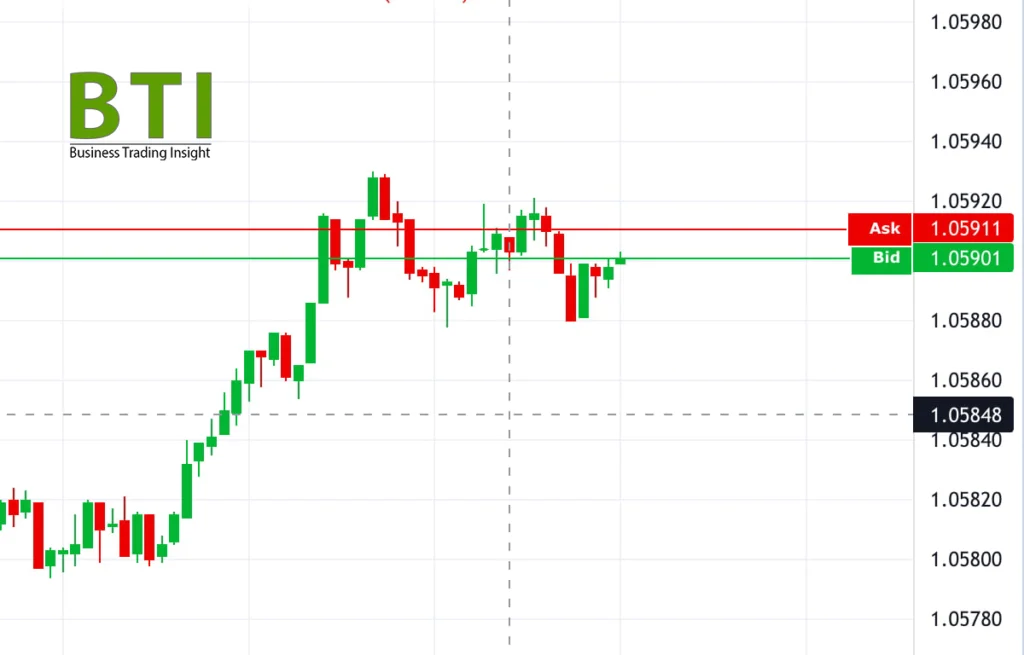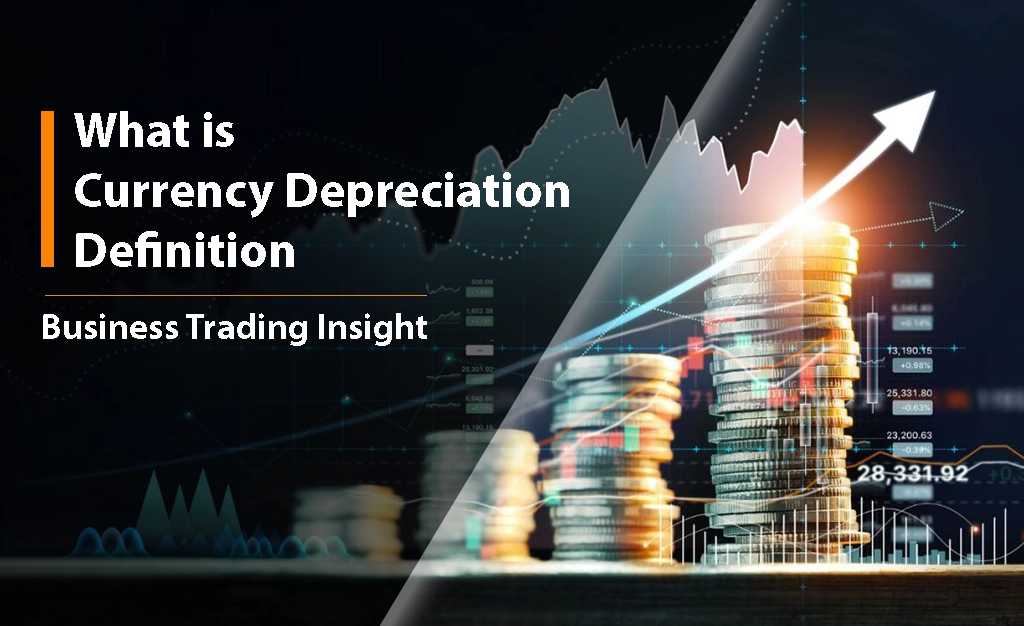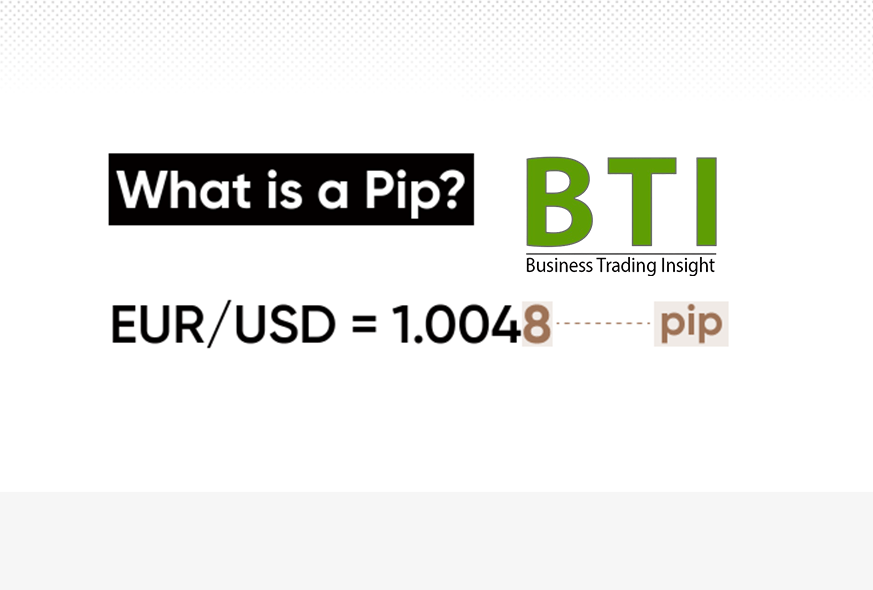In the realm of finance, understanding the bid and ask prices is crucial for anyone looking to trade or invest. The bid price, in particular, reflects market demand and can significantly influence trading strategies. Being aware of these concepts allows investors to make informed decisions, ultimately enhancing their trading success.
Bid Prices Definition
The bid price is defined as the highest amount a buyer is willing to pay for a specific asset at a given time. This price plays a pivotal role in financial markets, determining the entry and exit points for trades. For instance, in the stock market, if the bid price for a stock is $50, it indicates that buyers are ready to purchase shares at that price. The bid price not only signals buyer interest but also helps in assessing market sentiment, which can fluctuate based on various factors such as economic indicators and company performance.
Buying and Selling at the Bid
When traders decide to buy or sell at the bid price, they engage directly with market forces. Buying at the bid means that a trader is willing to acquire an asset at the highest price buyers are offering, often aiming for a quick purchase to secure a deal before prices rise. Conversely, selling at the bid price allows traders to offload their assets swiftly, especially in volatile markets. Traders might choose this route during periods of uncertainty to minimize potential losses, illustrating how strategic decisions hinge on understanding the bid price.

Bid Size
Bid size refers to the total number of shares or contracts available at the bid price. It is a critical indicator of market liquidity. A larger bid size suggests that there are many buyers interested at that price point, which can lead to quicker execution of trades. For example, if the bid size is 1,000 shares at $50, it indicates strong buyer interest, enhancing the likelihood that a trader can execute a large order without significantly affecting the price. In contrast, a smaller bid size might indicate a lack of liquidity, potentially causing delays or unfavorable price movements during trades.
Example of Bid Price
To illustrate the concept of bid price, consider a stock listed with a bid price of $50 and an ask price of $51. If market conditions change—perhaps due to positive earnings reports—the bid price might rise to $52 as more buyers enter the market. This fluctuation reflects supply and demand dynamics. As conditions evolve, traders must continuously assess these prices to determine the best time to enter or exit positions.
Bid-Ask Spread Strategies
The bid-ask spread is the difference between the bid price and the ask price. For example, if the bid price is $50 and the ask price is $51, the spread is $1. This spread can be critical for traders, as it represents the transaction cost of executing trades. Many traders develop strategies based on analyzing the spread, looking for opportunities where it tightens or widens. For instance, in high volatility, spreads might widen, signaling potential risk. Traders can aim to minimize costs by timing their trades when the spread is narrower, thereby enhancing profitability.

Navigate Bid Price with Ease: Useful Tips for Investors and Traders
Practical Tips:
- Monitor Bid Price Changes: Use trading platforms to track real-time changes in bid prices to capitalize on favorable market conditions.
- Utilize Technical Analysis: Apply technical analysis tools to identify trends and predict future bid price movements.
- Stay Updated with Market News: Keep an eye on economic reports and news that may impact market sentiment and, consequently, bid prices.
These strategies empower traders to navigate the complexities of the market effectively, enabling quicker and more informed decision-making.
Here is a list of articles that may interest you on the topic of trading:
OTC Markets Overview
Wedge Patterns Explained
Cost of Carry Definition
Three Black Crows Pattern
What is Tom Next
Triple Top Pattern Guide
Inflation and Monetary Policy
These articles will help you deepen your knowledge and become more successful in trading!
What Is an Ask Price?
The ask price is defined as the lowest price a seller is willing to accept for an asset. This price is the counterpart to the bid price, creating a complete picture of market conditions. For example, if a stock has an ask price of $51, sellers are seeking to sell shares at this price. The relationship between the ask and bid prices helps traders understand market dynamics, where the difference reflects the immediate transaction costs.
Example of Ask Price
Consider a stock where the ask price is set at $51. If a trader wishes to purchase the stock, they would have to pay at least this price. The ask price can change based on various factors, such as shifts in supply or demand, news releases, or overall market sentiment. If the market sees increased selling pressure, the ask price might drop to attract buyers, illustrating how external conditions can directly impact asset pricing.

Bid Price Vs. Ask Price: What Are the Differences?
The primary distinction between bid and ask prices lies in their roles within market transactions. The bid price represents buyer interest, while the ask price reflects seller willingness. Understanding these differences is essential for traders, as they directly impact trade execution and profitability. The bid-ask spread plays a crucial role in this dynamic, acting as an indicator of market liquidity. Narrow spreads suggest a more liquid market, while wider spreads can indicate potential issues in executing trades efficiently.
A solid grasp of bid and ask prices is vital for any trader or investor aiming for success in financial markets. Recognizing how these concepts interrelate and influence trading decisions can significantly enhance one’s investment strategies.



